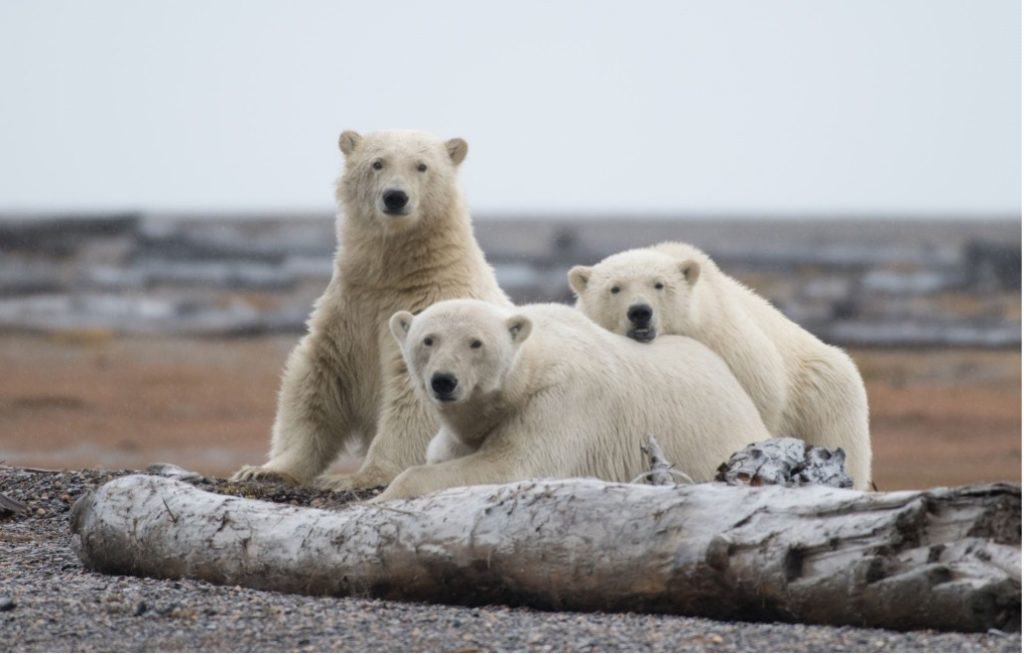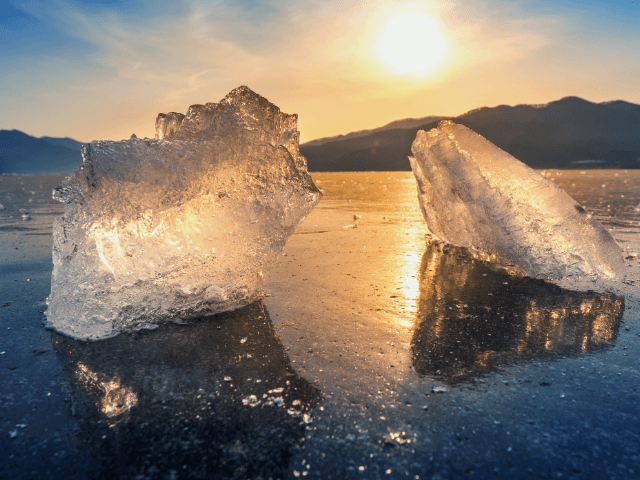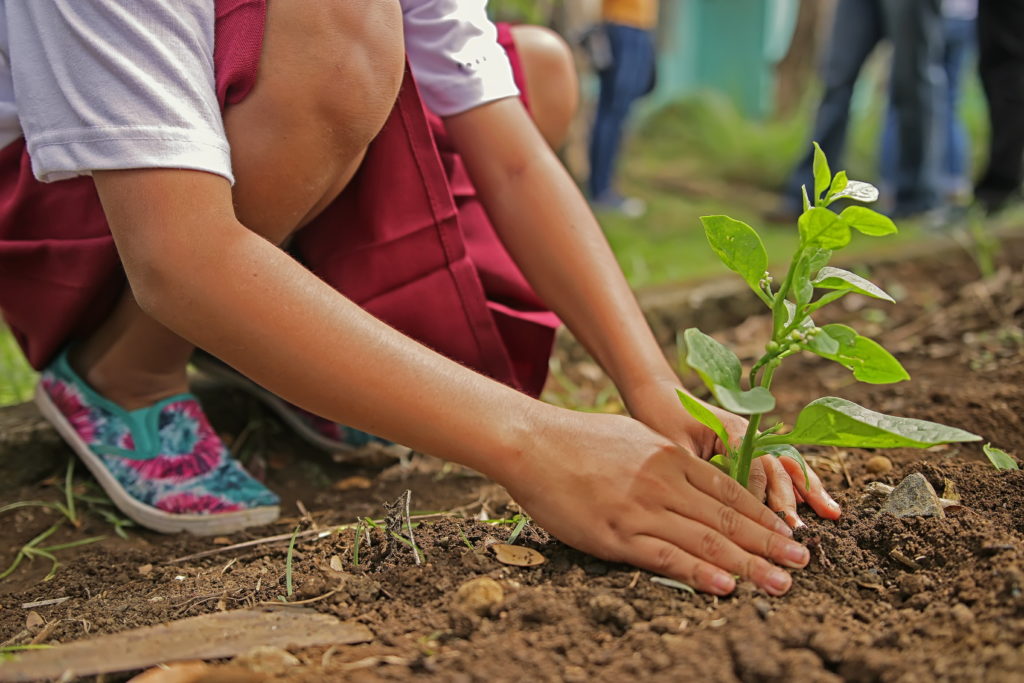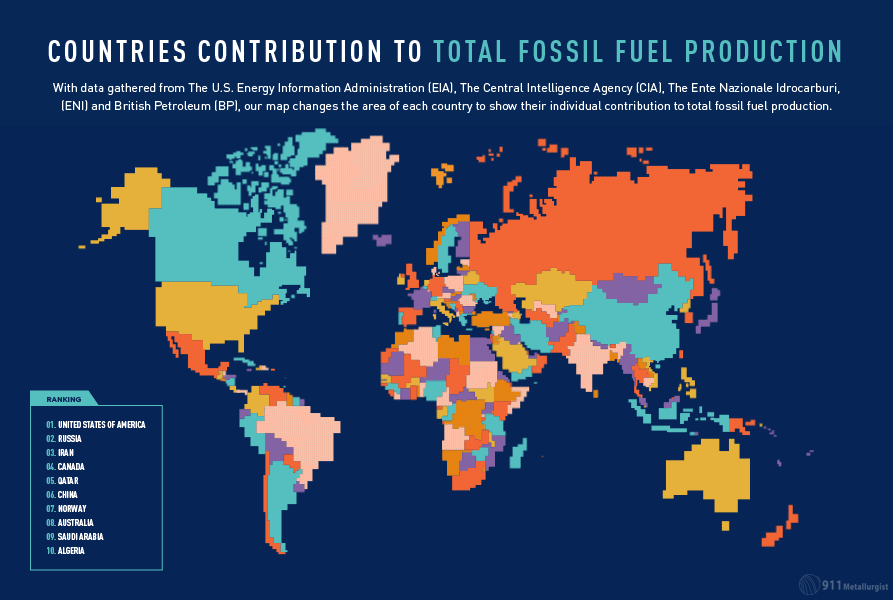Margate Primary Grade 5 - the Polar Bears

Our Questions
The main things we need to know about climate change are actually quite straightforward. We need to know that:
- Climate change is caused by an excess of greenhouse gasses trapping heat (solar radiation) in the atmosphere, warming the Earth.
- The climate change we are currently seeing is caused by humans.
- Climate change causes extreme weather (heatwaves, floods, fires, more intense storms and sea level rise).
- Climate change is impacting biodiversity. Many animals may become extinct due to climate change.
- We need to stop extracting and burning fossil fuels (coal, oil, gas) to reduce the impacts of climate change
- Restoring natural vegetation will also help reduce climate change by absorbing carbon dioxide, the key greenhouse gas.
- The science of climate change is settled. Over 99% of scientists agree it is anthropogenic (caused by humans).
- The world has already warmed 1.1°C since we started burning fossil fuels on a large scale (industrialisation.)
- We need to keep temperature rise from climate change to preferably no more than 1.5°C above preindustrial levels to stay within safer limits of global warming.
- As well as trying to prevent more climate change (mitigation) we will have to change the way we live to suit changes to our climate already underway (adaptation).
- It is not too late to stop the most dangerous impacts of climate change – but we need to act fast.
- To have a better chance of staying within 1.5°C of warming, we must cut greenhouse gasses in half by 2030 and achieve net zero (ie: a neutral amount of gases emitted and absorbed) by 2050.
- Everyone has a part to play: countries and their governments, businesses, communities, households and individuals.
We have linked the points above to other answers from the Curious Climate Schools experts so you can read more.
That’s a great question, and the simple answer is ‘yes’, melting ice definitely makes the ocean less salty (or fresher, as we oceanographers say). What that means for the ocean depends on what type of ice melts, and where it melts, but the most important thing to understand is that salty water is heavier and will tend to sink, but fresh water is lighter and will tend to stay at the surface. This matters because sinking ocean water takes heat and carbon from the atmosphere to the deep ocean, and reduces the amount of climate change that we all deal with. So, by freshening the ocean surface and making it lighter, melting ice makes it difficult for the ocean to reduce the impacts of climate change.
In polar regions the biggest source of freshening by far is sea ice; this is frozen sea water that makes the ocean salty when it freezes, but fresher when it melts. Just in the Antarctic, an area of ocean two and half times the size of Australia freezes over in autumn and then melts in spring – every single year. This natural freshening/salting process helps to mix a lot of water between the surface and the deep ocean, and is very important both for our climate and for the marine life near Antarctica.

Another source of freshening, that is smaller than sea ice but getting bigger all the time, is melt water from the Antarctic ice sheets – this is ice on land that has formed from thousands of years of snowfall. As that ice melts into the ocean it causes the sea level to rise up, but it also freshens the surface and reduces that up-down pump of sea water. Scientists are still working to fully understand how this will affect the climate – it’s a new and fascinating part of my research.
I received quite a few questions asking about the most effective way to stop climate change, and how kids can be part of the solution. As you probably know, the key thing that we need to do to help stop climate change is to stop emitting greenhouse gases – particularly carbon dioxide and methane. There are things we can all do to help with this, like driving less, using renewable energy, or tyring to eat local produce that doesn’t have to be transported to Tasmania from far away. But for the really big changes to greenhouse gas emissions that are required to help stop climate change we need our governments to implement policy change. The more we all call for these changes – as a community – the stronger our message to politicians will be.
Another thing we will need to do to help stop climate change is to actively remove carbon dioxide from the atmosphere. There are lots of ways to do this, but some of the simplest and most effective are those that harness the power of nature. Planting more trees, leaving coastal and marine habitats like mangrove forests, seagrass meadows and kelp forests intact. If you’re interested in engineering then there are also some very cool technologies emerging that will help us to pump carbon dioxide out of the atmosphere and back under the ground.

The future of Tasmania and of our planet belongs to kids of today, not to grown ups. Kids ask great questions and they are fantastic at thinking up new ways to solve problems. I think that one of the most important things that kids can do is to keep asking questions and to keep learning to be problem solvers. Keep being curious and caring about climate change!
This is a very important question, thanks for raising this at a time when urgent action is needed by all countries. Human activity is the main cause of climate change. Burning fossil fuels is the main activity that causes climate change, and changing land from forests to agriculture has also significantly increased the concentration of greenhouse gases in Earth’s atmosphere, leading to climate change.
To find out which country is the biggest polluter, we will look first at where the fossil fuels that create Carbon dioxide (CO2) pollution are coming from.

This map changes the area of each country to show how much fossil fuels it produces. The biggest producer of fossil fuels is the United States of America. Australia is also in the top 10 fossil fuel producing nations, at number 8. Many countries sell a lot of their fuel to other countries, as well as consuming it themselves. The fossil fuel industry is only made possible because people are buying and using these fuels, so we also need to ask who uses the most fossil fuels.
Climate scientists measure the level of carbon dioxide (CO2) emitted by a country and divide it by the population of that particular country. The result gives us carbon emission per person. This is a fair way to see which countries use most fossil fuels. Based on the recent United Nation’s Intergovernmental Panel on Climate Change (IPCC) report, the most polluting country per person (per capita) is Qatar (located in the Middle East). The reason for this is that Qatar is a major producer of natural gas, oil and oil products, and sells these to countries across the world. Other neighbouring countries, Saudi Arabia and Oman are also among the biggest polluters.














